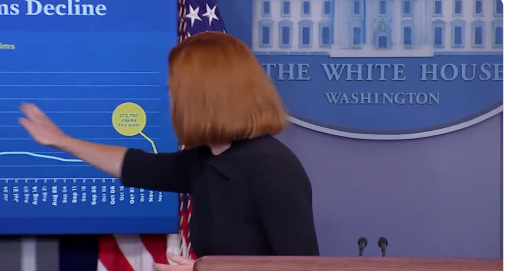In a world where numbers often speak louder than words, the latest figures on the U.S. job market are painting a picture that’s as surprising as it is hopeful. Despite the relentless squeeze from sky-high interest rates, the American job market is holding its own, defying the gravity that so many thought would pull it down. Just last week, the number of people filing for unemployment benefits fell by 7,000, dropping to 227,000—a decline that has economists scratching their heads and recalibrating their forecasts. Even the four-week moving average, a steady hand in the storm of weekly data, edged down by 4,500, settling at 236,500.
Meanwhile, the ranks of those still collecting jobless benefits—1.86 million as of August 3—have thinned slightly, shedding 7,000 in a week. These weekly filings, a pulse check on layoffs, remain low by any historical measure. Earlier in the year, from January through May, jobless claims were flirting with rock bottom, averaging just 213,000 per week. But then came May, and with it a shift in the wind—claims began to creep upward, peaking at 250,000 by late July, and with them, the fear that the job market was finally buckling under the weight of the Federal Reserve’s unyielding rate hikes.
US unemployment claims dropped by 7,000 last week which signals a resilient job market.https://t.co/p8FXcaM39M
— 8 News Now (@8NewsNow) August 15, 2024
But now, like a plot twist no one saw coming, those fears are beginning to fade. The recent drop in claims has some analysts breathing a sigh of relief. “Claims have cooled off, and the recent rise looks more like a blip than a sign of deeper trouble in the labor market,” said Robert Frick, an economist at Navy Federal Credit Union, offering a touch of optimism in a landscape that’s been anything but predictable.
The Federal Reserve, in its relentless quest to tame inflation—a beast that roared to life with a 40-year high not long ago—has raised its benchmark interest rate 11 times in just two years. These rate hikes have cranked up borrowing costs to levels unseen in over two decades, yet the economy has remained stubbornly resilient. Inflation, which once burned at 9.1% in June 2022, has cooled to a more manageable 2.9% last month. The economy, against all odds, continues to hum along, hiring workers at a pace that has defied even the most pessimistic of forecasts.
As the nation hurtles toward the November presidential election, the economy looms like a giant on the horizon, casting a long shadow over the political landscape. Despite the strength of the job market and the easing of inflation, Americans are still grappling with the reality that prices are nearly 20% higher than they were before inflation took off like a rocket in 2021. This frustration has become a political fireball, with President Joe Biden often at the center—though it remains to be seen whether this discontent will also land on Vice President Kamala Harris as she makes her own bid for the presidency.
But beneath the surface, cracks are beginning to appear. July saw the economy add just 114,000 jobs—a marked slowdown from the blistering pace of nearly 218,000 jobs per month earlier in the year. The unemployment rate has ticked up for the fourth consecutive month, now sitting at 4.3%, though it’s still low by historical standards. Job openings, once soaring to a record 12.2 million in March 2022, have been steadily declining, slipping to 8.2 million in June.
With signs of an economic slowdown stacking up and inflation inching closer to the Federal Reserve’s 2% target, whispers are growing louder that the Fed might finally start cutting rates at its next meeting in September. The economy, much like the political landscape, is in a state of flux, and the months ahead are poised to deliver surprises that could reshape the narrative once again.
Major Points
- Unemployment claims drop by 7,000, surprising economists.
- Jobless benefit filings remain historically low, easing fears of a downturn.
- Federal Reserve’s rate hikes cool inflation but job market stays strong.
- July job growth slows, but unemployment remains low at 4.3%.
- Speculation grows that the Fed may cut rates as the economy shows signs of slowing.
Charles William III – Reprinted with permission of Whatfinger News



